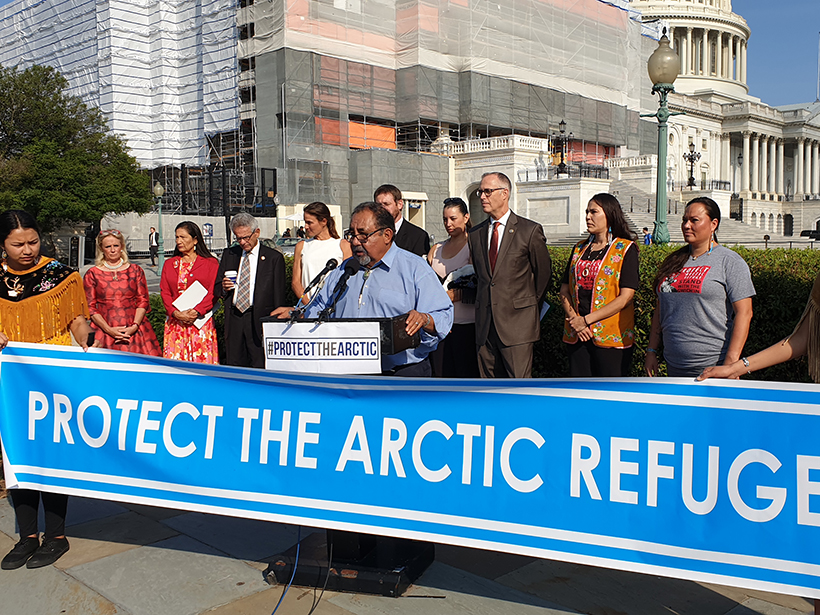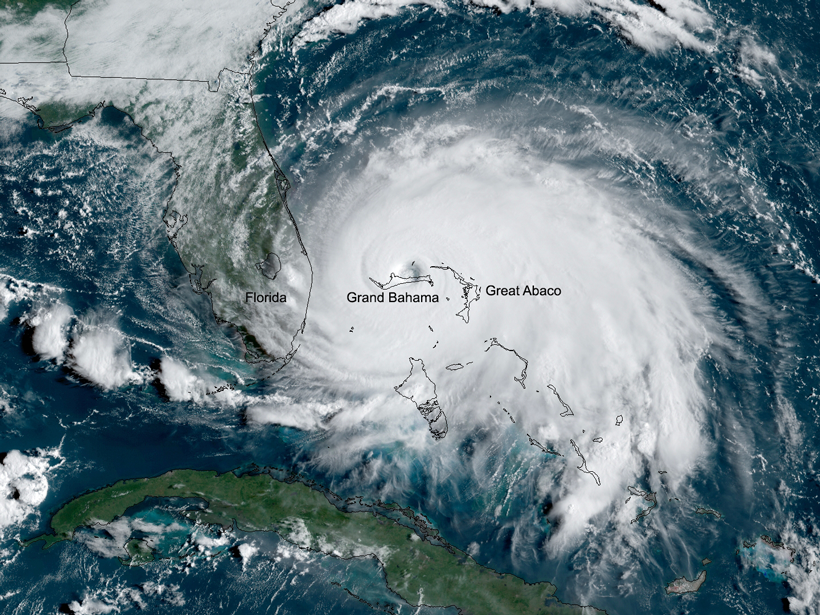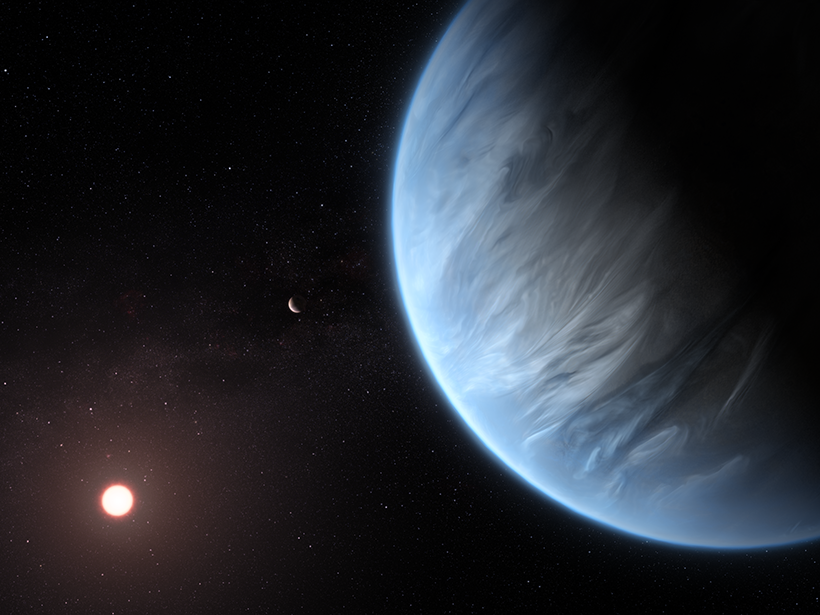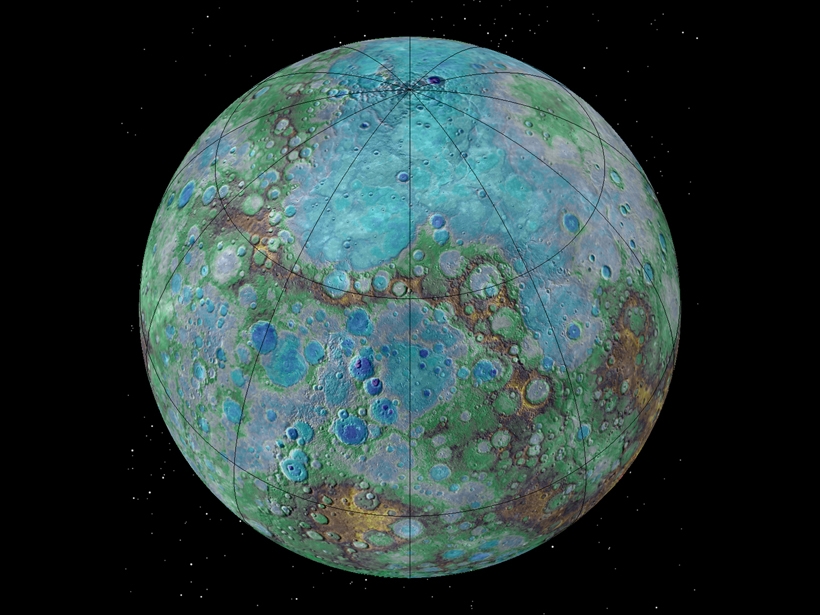Though coastal plutons spew greenhouse gases into the atmosphere as they form, they also pull some of those gases back out of the atmosphere as they break down over time.
News
House Passes Measure to Protect Arctic National Wildlife Refuge
The measure, which would repeal an oil and gas development program in the refuge, now needs to pass the Senate, where there is stiff opposition.
Is Chicago Water Pollution Halting a Silver Carp Invasion?
Pollution is definitely not the solution to stopping invasive silver carp, researchers assert. But cleaner waters could affect the invasion front.
Solar Spike Suggests a More Active Sun
Radio waves are providing a new way to probe the Sun and suggest that the magnetic field of its corona may be stronger than long thought.
Altered Forecasts, Unmonitored Volcanoes, and Other Good Reads
What Earth and space science stories are we recommending this week?
Water Found in Small, Habitable Zone Planet’s Atmosphere
K2-18b is warm, has an atmosphere, and has water vapor. But it’s no Earth 2.0.
Will Cigarette Butts Be Our Environmental Legacy?
People litter them by the trillions—but how long will butts last through the ages?
NOAA’s Acting Head Addresses Storm over Dorian Forecasts
Neil Jacobs said that the Trump administration is committed to the important mission of weather forecasting, while also stating that the weather service team has his and the department’s full support.
Our Seismic Solar System
Earth’s not the only thing that shakes and quakes and goes around the Sun. Not by a long shot.
Nuclear Bomb or Earthquake? Explosions Reveal the Differences
A series of controlled chemical detonations in the Nevada desert is helping researchers discern between ground shaking caused by nuclear explosions and earthquakes.










